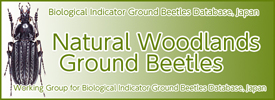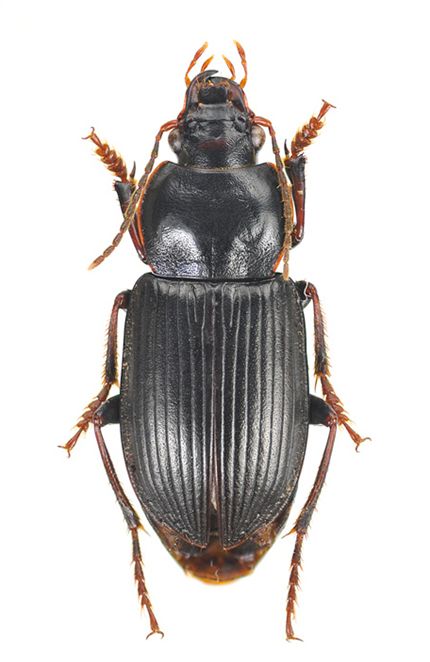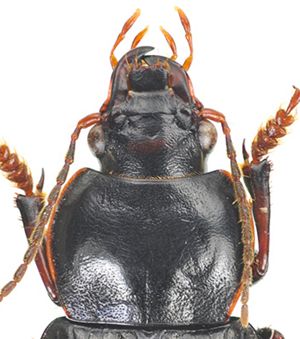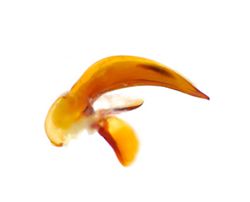| Ecology |
flatland (Ishitani 1996), grassland in flatland (Inoue 1958e), farm field (Okutani et al. 1971), riverbed (Terada 1983, Lee and Ishii 2009, 2010), vineyard (Yano et al. 1989), forest adjoinig agroecosystems (Yahiro et al. 1990), forest edge (Sunose 1992, Sunose and Kurosawa 1992), fig orchard (Ishitani and Yano 1994, Ishitani 1996), riverbed (Ishii et al. 1996, Ishitani 1996, Ishitani et al. 1997, Yamazaki et al. 1999), rape field (Ishitani 1996), upland field (Hiramatsu 2004), grassland (Taniwaki et al. 2005), broad leaved forest (Matsumoto 2005), field (Salah et al. 2004), forest (Suttiprapan and Nakamura 2007), coppice forest (Matsumoto 2008), urban park (Lee and Ishii 2009a), paddy field (Lee et al. 2008, Lee and Ishii 2009), Satoyama forest (Lee and Ishii 2009), adult (Ishitani 1996, Yamazaki et al. 1999) In our breeding room the female laid the eggs during early May and early June (Habu 1973d), from April to May (Ishitani 1996), spring (Yamazaki et al. 1999), synovigenic type (Ishitani 1996), collected by light trapping (Suttiprapan and Nakamura 2007) |
| Remarks |
Anisodactylus punctatipennis sadoensis Schauberger, 1931, Col. Centralbl., 5: 154, 155 (Japan: “Insel Sado; Tokio”) (Habu 1973d), Anisodactylus punctatipennis sadoensis Schauberger, Anisodactylus sadoensis Schauberger,
Anisodactylus sadoënsis Schauberger (Habu 1973d) |
 |
| 






